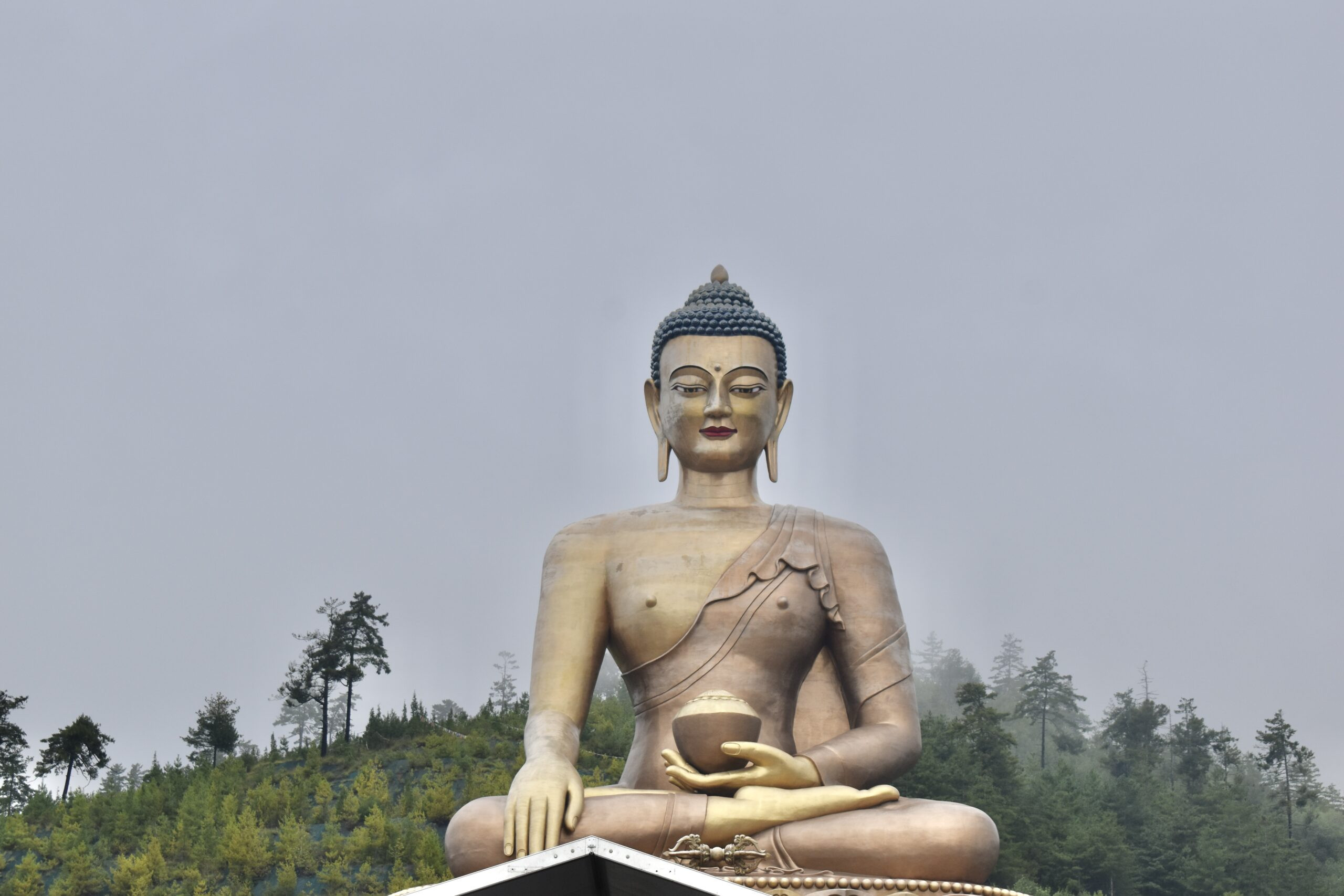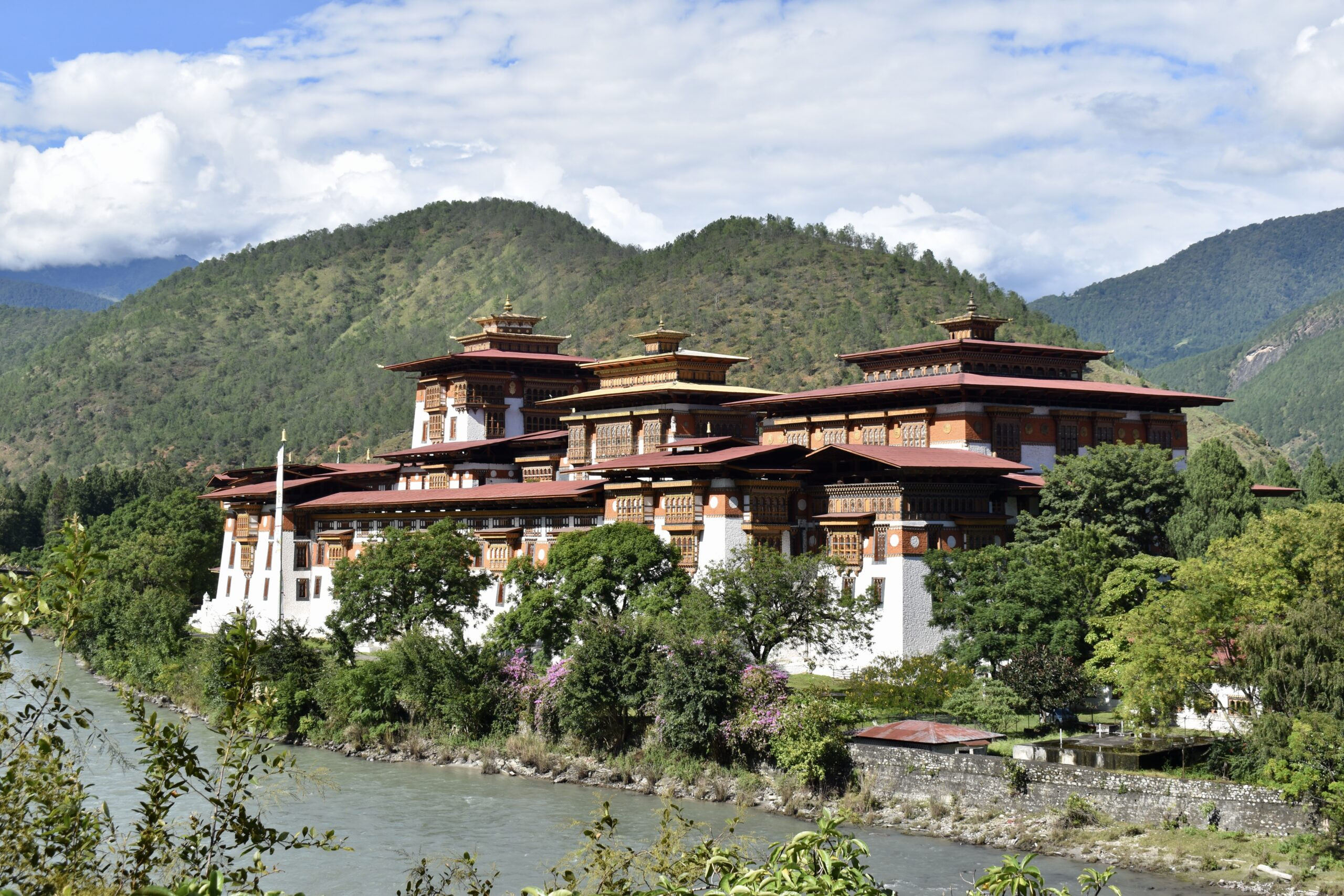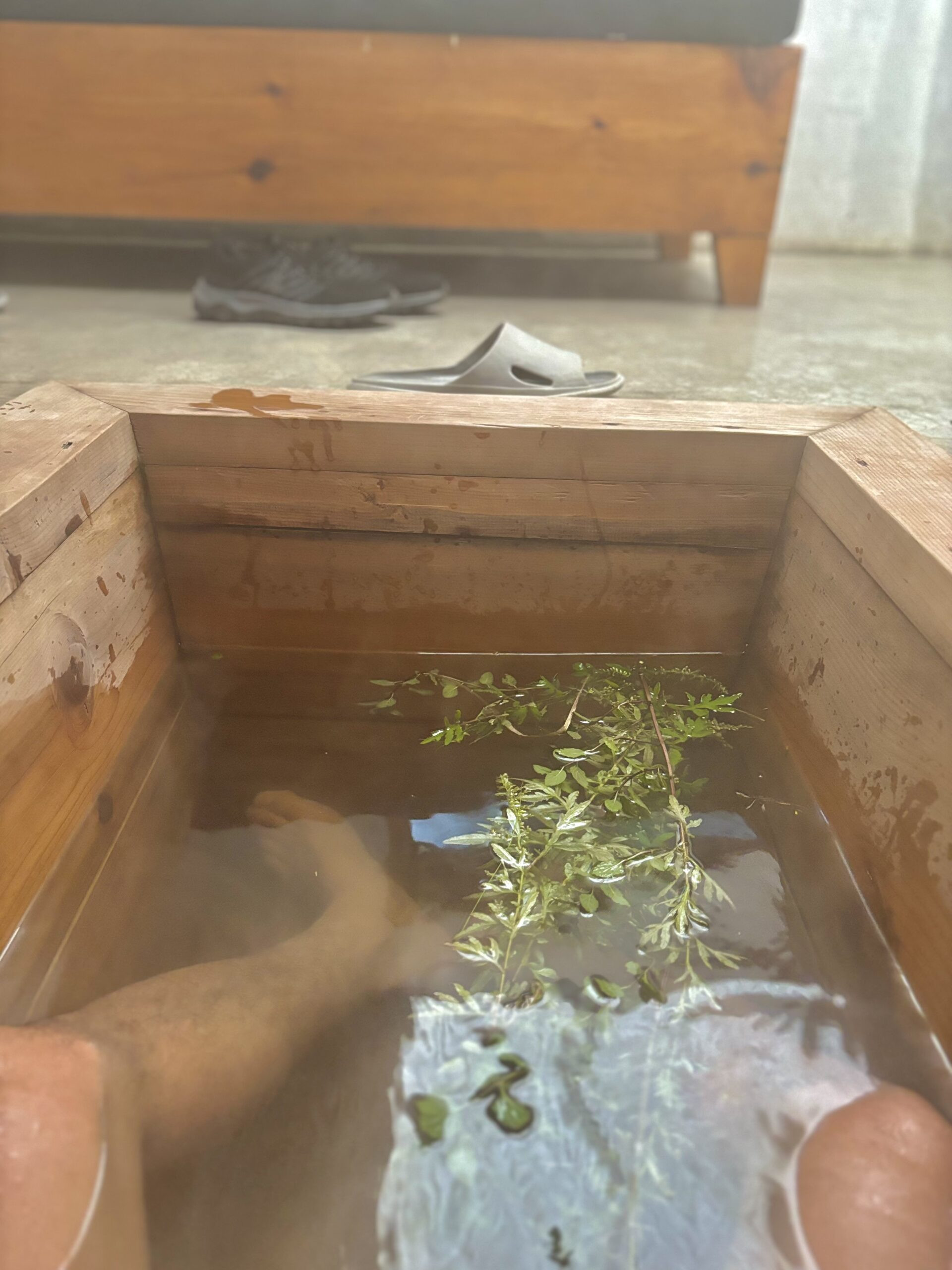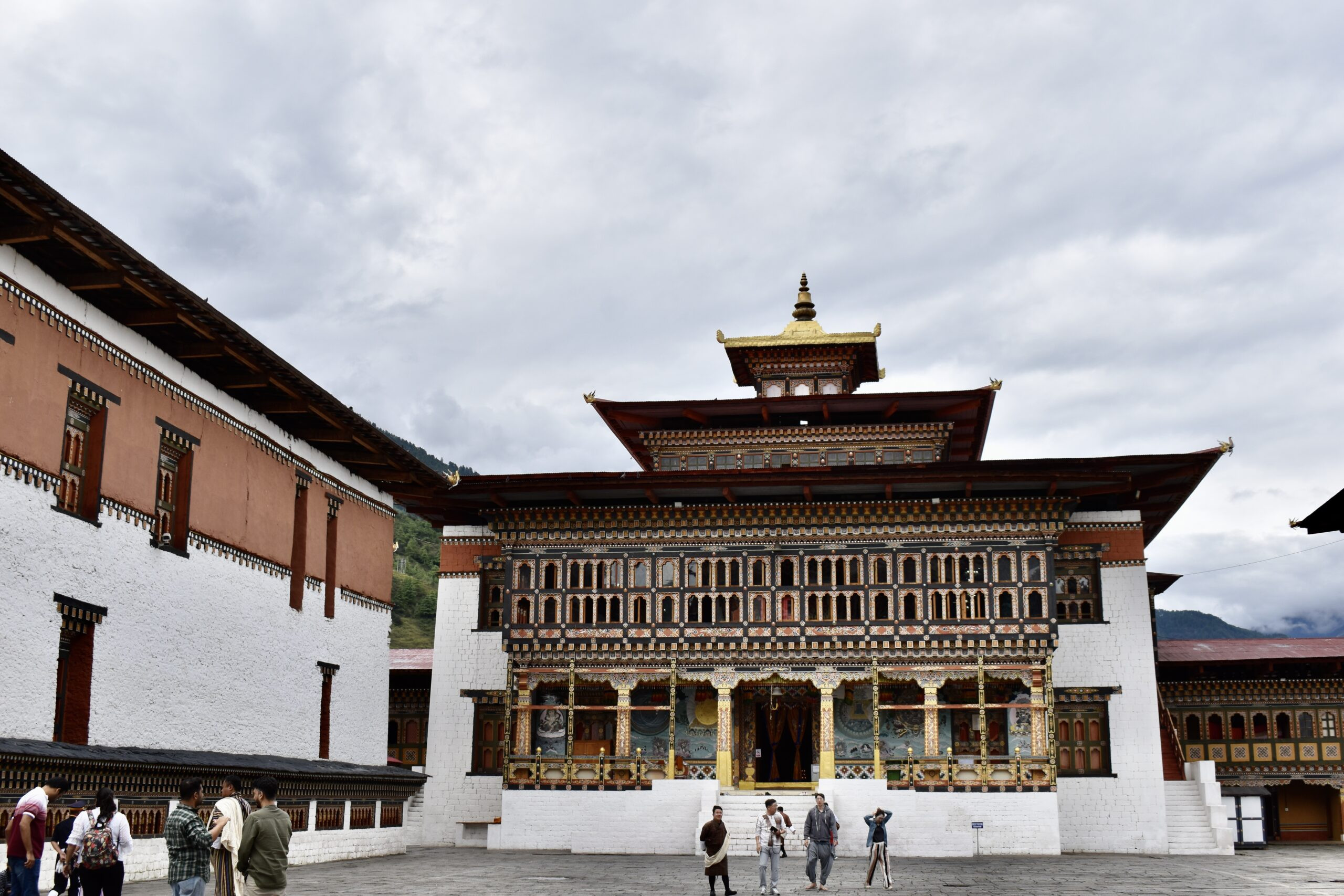Traveling to Bhutan, the Land of the Thunder Dragon, is an unforgettable experience. You might be wondering, “Can You Travel Bhutan Without A Guide?” The answer is yes, but with limitations. SIXT.VN can help you navigate these regulations and plan your dream trip to Bhutan, offering services like visa assistance, airport transfers, and hotel bookings. Discover the magic of Bhutan with ease and convenience through our expert travel services, ensuring a seamless journey.
1. Understanding Bhutan’s Travel Regulations
Bhutan’s travel regulations have evolved, so it’s essential to stay updated. Until recently, independent travel was not permitted for most tourists, aiming to preserve the country’s unique culture and environment. What are the current rules?
1.1. Can I Really Travel Bhutan Without a Guide?
Yes, but only in certain areas. As of recent updates, tourists can explore Thimphu and Paro valleys independently. Beyond these areas, a guide is mandatory. This change aims to balance tourism revenue with cultural preservation.
1.2. Why the Requirement for Guides in Most Areas?
Guides ensure cultural sensitivity and environmental protection. The Tourism Council of Bhutan emphasizes that guided tours help maintain Bhutan’s unique identity. Guides provide insights into local customs, traditions, and environmental practices.
2. Benefits of Traveling with a Guide in Bhutan
While independent travel is now possible in limited areas, there are significant advantages to having a guide. They enhance your experience with local knowledge and logistical support. What are these benefits?
2.1. In-Depth Cultural Insights
Guides offer unparalleled access to Bhutanese culture. They can explain the significance of religious sites, festivals, and daily customs, enriching your understanding.
2.2. Hassle-Free Logistics
Navigating Bhutan’s terrain and regulations can be challenging. Guides handle permits, transportation, and accommodations, allowing you to focus on enjoying your trip.
2.3. Safety and Support
Guides are trained to handle emergencies and provide assistance in remote areas. Their presence ensures your safety and well-being throughout your journey.
3. How to Plan a Trip to Bhutan
Planning a trip to Bhutan involves several steps, including visa applications, flight bookings, and itinerary planning. How can you streamline this process?
3.1. Visa Requirements
Almost all foreign nationals need a visa to enter Bhutan. You can obtain this through a licensed Bhutanese tour operator or travel agent. SIXT.VN can assist with your visa application.
3.2. Booking Flights
Drukair and Bhutan Airlines are the primary carriers. Flights are limited and often routed through cities like Bangkok, Delhi, and Kathmandu. Book in advance to secure your preferred dates.
3.3. Choosing Accommodation
Bhutan offers a range of accommodations, from luxury hotels to traditional guesthouses. Consider your budget and desired level of comfort when making your choice.
4. Exploring Thimphu and Paro Independently
If you choose to travel independently in Bhutan, focus on Thimphu and Paro. These valleys offer a blend of cultural attractions and natural beauty. What are the must-see sights?
4.1. Thimphu: The Modern Capital
Visit the National Memorial Chorten, Buddha Dordenma statue, and the Folk Heritage Museum. Thimphu offers a glimpse into Bhutan’s modern life while preserving its traditions.
 Buddha Dordenma in Thimphu, Bhutan, offering panoramic city views
Buddha Dordenma in Thimphu, Bhutan, offering panoramic city views
4.2. Paro: Gateway to the Tiger’s Nest
Explore Rinpung Dzong, hike to the iconic Tiger’s Nest Monastery (Taktsang), and visit the National Museum. Paro’s stunning landscapes and historical sites make it a highlight of any Bhutan trip.
4.3 Rinpung Dzong:
Is a large dzong – Buddhist monastery and fortress – on the western side of Bhutan. It houses the monastic body, offices of the dzongda (district head) and various government administrative offices
5. Popular Attractions Beyond Thimphu and Paro (Guide Required)
To experience the full breadth of Bhutan’s beauty, you’ll need a guide to visit regions like Punakha, Gangtey, and Bumthang. What awaits you in these areas?
5.1. Punakha: The Former Capital
Punakha Dzong, located at the confluence of two rivers, is a masterpiece of Bhutanese architecture. The serene valley and historical significance make it a must-visit.
 Magnificent Punakha Dzong reflecting Bhutan's architectural grandeur and historical significance
Magnificent Punakha Dzong reflecting Bhutan's architectural grandeur and historical significance
5.2. Gangtey: The Phobjikha Valley
Known for its stunning landscapes and the endangered black-necked cranes, Gangtey offers a tranquil escape. The Gangtey Monastery is a significant cultural landmark.
5.3. Bumthang: The Spiritual Heart
Bumthang is dotted with ancient temples and monasteries, making it a spiritual hub. Explore Jambay Lhakhang, Kurjey Lhakhang, and Tamshing Lhakhang to immerse yourself in Bhutanese Buddhism.
6. Essential Travel Tips for Bhutan
Prepare for your trip with practical advice on what to pack, how to respect local customs, and how to stay connected. What are some key considerations?
6.1. What to Pack
Pack layers, as the weather can vary. Comfortable hiking shoes are essential. Bring sunscreen, sunglasses, and a hat for protection from the sun.
6.2. Respecting Local Customs
Dress modestly when visiting religious sites. Remove your shoes before entering temples and dzongs. Be mindful of local customs and traditions.
6.3. Staying Connected
Wi-Fi is available in most hotels, but connectivity can be limited in remote areas. Consider purchasing a local SIM card for better access to mobile data.
7. Budgeting for Your Bhutan Trip
Bhutan can be an expensive destination, but careful planning can help you manage your budget. What are the main cost factors?
7.1. Daily Tariff
The Bhutanese government sets a minimum daily tariff for tourists. This includes accommodation, meals, transportation, and a guide (where required).
7.2. Accommodation Costs
Accommodation ranges from budget-friendly guesthouses to luxury hotels. Prices vary depending on the location and amenities.
7.3. Additional Expenses
Factor in costs for souvenirs, tips, and optional activities like hot stone baths or cultural shows.
8. Why Choose SIXT.VN for Your Bhutan Trip?
SIXT.VN offers comprehensive travel services, ensuring a seamless and memorable trip to Bhutan. What makes us the ideal choice?
8.1. Expert Trip Planning
We customize itineraries to suit your interests and preferences. Whether you want to focus on culture, adventure, or relaxation, we can create the perfect trip for you.
8.2. Visa Assistance
Our team can guide you through the visa application process, ensuring you meet all requirements and deadlines.
8.3. Reliable Transportation
We arrange airport transfers and transportation throughout Bhutan, ensuring you travel comfortably and safely.
8.4. Comfortable Accommodation
We partner with a range of hotels and guesthouses to offer you the best accommodation options.
9. Embracing Bhutanese Culture and Traditions
Immerse yourself in Bhutanese culture by attending festivals, trying local cuisine, and engaging with the community. How can you make the most of these experiences?
9.1. Attending Festivals
Festivals (Tshechus) are vibrant celebrations featuring masked dances and religious performances. Attending one is a unique cultural experience.
9.2. Trying Local Cuisine
Bhutanese cuisine is known for its use of chili peppers and cheese. Try Ema Datshi (chili cheese stew), Momos (dumplings), and Phaksha Paa (pork with chilies).
 Sampling Bhutanese cuisine, experiencing the unique flavors of local dishes
Sampling Bhutanese cuisine, experiencing the unique flavors of local dishes
9.3. Engaging with the Community
Interact with locals to learn about their way of life. Visit local markets, attend community events, and show respect for their traditions.
10. Environmental Conservation in Bhutan
Bhutan is renowned for its commitment to environmental conservation. Learn about the country’s policies and how you can contribute to sustainable tourism. What are the key initiatives?
10.1. Carbon Negative Status
Bhutan is the only carbon-negative country in the world. This means it absorbs more carbon dioxide than it emits.
10.2. Forest Cover
The constitution mandates that at least 60% of the country’s land remain forested. This helps preserve biodiversity and prevent soil erosion.
10.3. Sustainable Tourism
Bhutan promotes high-value, low-impact tourism. This aims to minimize the environmental impact of tourism while maximizing its economic benefits.
11. Adventure Activities in Bhutan
For adventure enthusiasts, Bhutan offers opportunities for trekking, river rafting, and mountain biking. What are the best options?
11.1. Trekking
Bhutan is a trekker’s paradise, with trails ranging from easy day hikes to challenging multi-day expeditions. The Snowman Trek is one of the most demanding treks in the world.
11.2. River Rafting
Experience the thrill of rafting on Bhutan’s pristine rivers. The Mo Chhu and Pho Chhu rivers offer exciting rapids and stunning scenery.
11.3. Mountain Biking
Explore Bhutan’s rugged terrain on a mountain bike. Several tour operators offer guided biking tours through scenic valleys and mountain passes.
12. Relaxation and Wellness in Bhutan
Unwind with traditional hot stone baths, meditation retreats, and spa treatments. How can you rejuvenate your body and mind in Bhutan?
12.1. Hot Stone Baths
Experience the healing properties of a traditional Bhutanese hot stone bath. This involves soaking in mineral-rich water heated with roasted river stones.
 Relaxing in a traditional Bhutanese hot stone bath
Relaxing in a traditional Bhutanese hot stone bath
12.2. Meditation Retreats
Join a meditation retreat to deepen your spiritual practice. Several monasteries and retreat centers offer programs for visitors.
12.3. Spa Treatments
Indulge in spa treatments using local herbs and ingredients. Many hotels offer spa services that incorporate traditional Bhutanese healing techniques.
13. Shopping for Souvenirs in Bhutan
Find unique souvenirs to remind you of your trip, from textiles and handicrafts to Buddhist artifacts. What are the best items to buy?
13.1. Textiles
Bhutanese textiles are renowned for their intricate designs and vibrant colors. Buy handwoven fabrics, clothing, and bags.
13.2. Handicrafts
Support local artisans by purchasing handicrafts made from wood, bamboo, and clay. These include masks, statues, and household items.
13.3. Buddhist Artifacts
Find religious items such as prayer wheels, prayer flags, and thangkas (religious paintings). These make meaningful souvenirs and gifts.
14. Understanding Bhutanese Architecture
Admire the unique design of Bhutanese buildings, characterized by dzongs (fortresses), temples, and traditional houses. What are the key features?
14.1. Dzongs
Dzongs are massive fortresses that serve as administrative and religious centers. They feature towering walls, intricate woodwork, and colorful murals.
 Imposing walls of a Bhutanese Dzong, showcasing the nation's unique architectural heritage
Imposing walls of a Bhutanese Dzong, showcasing the nation's unique architectural heritage
14.2. Temples
Temples are adorned with elaborate carvings, statues, and paintings. They often feature multiple stories and ornate roofs.
14.3. Traditional Houses
Traditional Bhutanese houses are made from mud and stone, with wooden window frames and sloping roofs. They are designed to withstand the harsh climate.
15. Health and Safety in Bhutan
Ensure you are prepared for any health issues and know how to stay safe during your trip. What are the main precautions?
15.1. Vaccinations
Consult your doctor about recommended vaccinations for Bhutan. Hepatitis A and typhoid are commonly recommended.
15.2. Altitude Sickness
Bhutan is a high-altitude country, so altitude sickness can be a concern. Acclimatize gradually and drink plenty of water.
15.3. Travel Insurance
Purchase comprehensive travel insurance that covers medical emergencies, evacuation, and trip cancellations.
16. Can you travel bhutan without a guide: Understanding the Sustainable Development Fee (SDF)
The Sustainable Development Fee (SDF) plays a pivotal role in Bhutan’s tourism policy, contributing directly to the nation’s conservation efforts, cultural preservation, and sustainable development initiatives. This fee, charged to all tourists, ensures that tourism benefits the country and its citizens.
16.1. Purpose of the SDF
The SDF is primarily used to fund projects that support Bhutan’s environment, infrastructure, and social programs. By investing in these areas, Bhutan aims to maintain its pristine natural environment, preserve its cultural heritage, and improve the quality of life for its people.
16.2. How the SDF is Utilized
Funds from the SDF are allocated to various sectors, including:
- Environmental Conservation: Protecting Bhutan’s forests, wildlife, and natural resources.
- Infrastructure Development: Building and maintaining roads, bridges, and public facilities.
- Cultural Preservation: Supporting traditional arts, festivals, and historical sites.
- Healthcare and Education: Improving access to healthcare services and educational opportunities for Bhutanese citizens.
16.3. Recent Changes in SDF Rates
In recent years, Bhutan has adjusted the SDF rates to better balance tourism revenue with its sustainability goals. Tourists should stay informed about the current rates and any potential changes to ensure they are prepared for their travel expenses.
17. Can you travel bhutan without a guide: Preparing for High Altitude
Bhutan’s mountainous terrain offers breathtaking landscapes, but it also presents challenges related to high altitude. Proper preparation is crucial for a safe and enjoyable trip.
17.1. Understanding Altitude Sickness
Altitude sickness, also known as acute mountain sickness (AMS), can occur when traveling to high altitudes due to lower oxygen levels. Symptoms may include headache, fatigue, nausea, and shortness of breath.
17.2. Steps to Prevent Altitude Sickness
- Acclimatize Gradually: Spend a few days at a lower altitude before ascending higher.
- Stay Hydrated: Drink plenty of water to help your body adjust.
- Avoid Alcohol and Tobacco: These can worsen the symptoms of altitude sickness.
- Eat Light Meals: Opt for easily digestible foods.
- Consult Your Doctor: Discuss your travel plans with your doctor, who may recommend medications to prevent altitude sickness.
17.3. What to Do if You Experience Symptoms
If you experience symptoms of altitude sickness, descend to a lower altitude immediately and seek medical attention if necessary.
18. Can you travel bhutan without a guide: Navigating Bhutanese Etiquette and Customs
Respect for local customs and traditions is essential when visiting Bhutan. Understanding and adhering to Bhutanese etiquette will enhance your experience and demonstrate your appreciation for their culture.
18.1. Dress Code
Dress modestly, especially when visiting religious sites. Avoid wearing revealing clothing and opt for attire that covers your shoulders and knees.
18.2. Entering Religious Sites
Remove your shoes and hats before entering temples, dzongs, and other religious sites. Avoid pointing your feet at religious objects or people.
18.3. Photography
Ask for permission before taking photographs of people, especially monks. Be mindful of photography restrictions inside temples and dzongs.
18.4. Public Behavior
Refrain from public displays of affection and avoid loud or disruptive behavior. Maintain a respectful demeanor and be mindful of your surroundings.
18.5. Gift-Giving
If you wish to give a gift, present it with both hands as a sign of respect. The recipient may initially refuse the gift, but this is a customary gesture of humility.
19. Can you travel bhutan without a guide: Packing Essentials for Bhutan
Packing the right items can make your trip to Bhutan more comfortable and enjoyable. Here’s a list of essential items to include in your luggage.
19.1. Clothing
- Layers: Pack clothing that can be layered, as temperatures can vary throughout the day.
- Comfortable Walking Shoes: Essential for hiking and exploring.
- Modest Attire: For visiting religious sites.
- Warm Jacket: For cooler evenings.
- Rain Gear: Bhutan can experience unexpected showers.
19.2. Health and Personal Care
- Sunscreen: Protect your skin from the strong sun at high altitudes.
- Insect Repellent: To ward off mosquitoes and other insects.
- First-Aid Kit: Include pain relievers, antiseptic wipes, and any personal medications.
- Hand Sanitizer: For maintaining hygiene.
19.3. Travel Documents and Accessories
- Passport and Visa: Ensure your passport is valid and your visa is in order.
- Copies of Important Documents: Keep copies of your passport, visa, and travel insurance.
- Camera: To capture the stunning landscapes and cultural moments.
- Power Adapter: Bhutan uses Type D and Type G plugs.
- Reusable Water Bottle: To stay hydrated and reduce plastic waste.
20. Frequently Asked Questions (FAQs) About Traveling to Bhutan
Here are some frequently asked questions about traveling to Bhutan, providing quick and informative answers to help you plan your trip.
20.1. Is it safe to travel to Bhutan?
Yes, Bhutan is considered one of the safest countries in the world, with a low crime rate and a welcoming atmosphere.
20.2. What is the best time to visit Bhutan?
The best times to visit are during the spring (March to May) and autumn (September to November) when the weather is pleasant and the skies are clear.
20.3. Can I use US dollars in Bhutan?
While US dollars are not widely accepted, you can exchange them for Bhutanese Ngultrum (BTN) at banks and currency exchange offices. Credit cards are accepted in larger hotels and shops.
20.4. What is the local language in Bhutan?
The official language is Dzongkha, but English is widely spoken in tourist areas.
20.5. How can I get a visa for Bhutan?
You can obtain a visa through a licensed Bhutanese tour operator or travel agent. SIXT.VN can assist with your visa application.
20.6. Are there ATMs in Bhutan?
Yes, ATMs are available in major towns, but it’s advisable to carry enough cash, especially when traveling to remote areas.
20.7. What should I wear when visiting temples?
Dress modestly, covering your shoulders and knees. Remove your shoes and hats before entering temples.
20.8. Can I drink tap water in Bhutan?
It’s recommended to drink bottled water or use a water purifier.
20.9. What is the Sustainable Development Fee (SDF)?
The SDF is a daily fee charged to tourists, which supports Bhutan’s environmental conservation, cultural preservation, and sustainable development initiatives.
20.10. How do I book a tour to Bhutan?
You can book a tour through a licensed Bhutanese tour operator like SIXT.VN, which offers customized itineraries and comprehensive travel services.
Ready to explore Bhutan? Contact SIXT.VN today to start planning your unforgettable journey. Whether you prefer the freedom of independent travel in Thimphu and Paro or the immersive experience of a guided tour, we’re here to make your Bhutan adventure seamless and extraordinary. Visit SIXT.VN or call +84 986 244 358 for personalized assistance. Let us help you discover the magic of Bhutan! Address: 260 Cau Giay, Hanoi, Vietnam.



